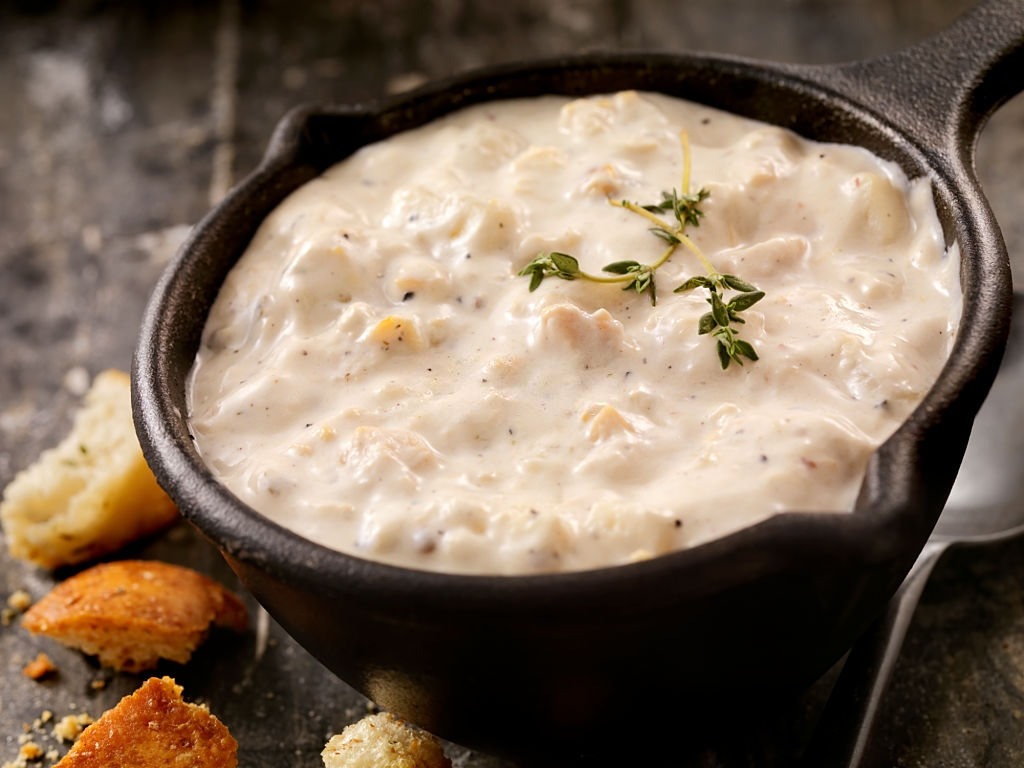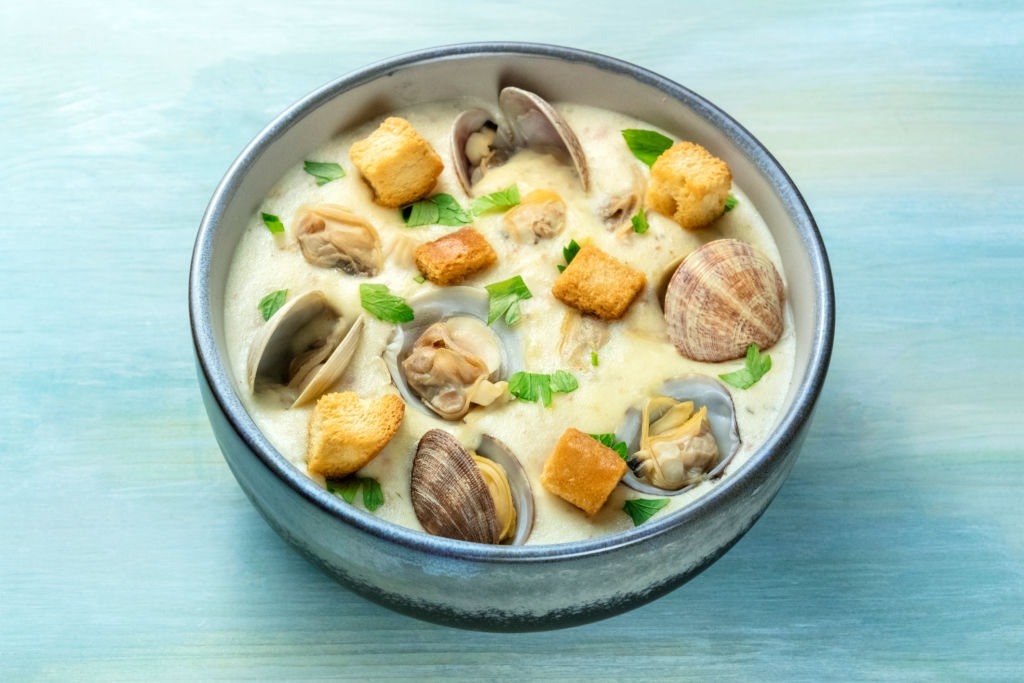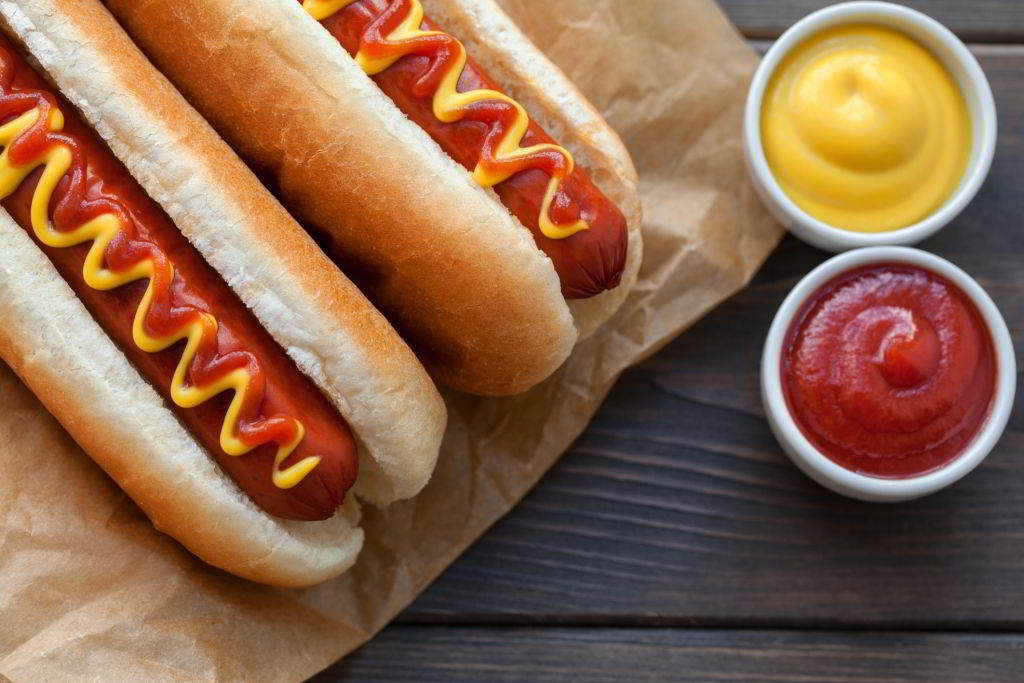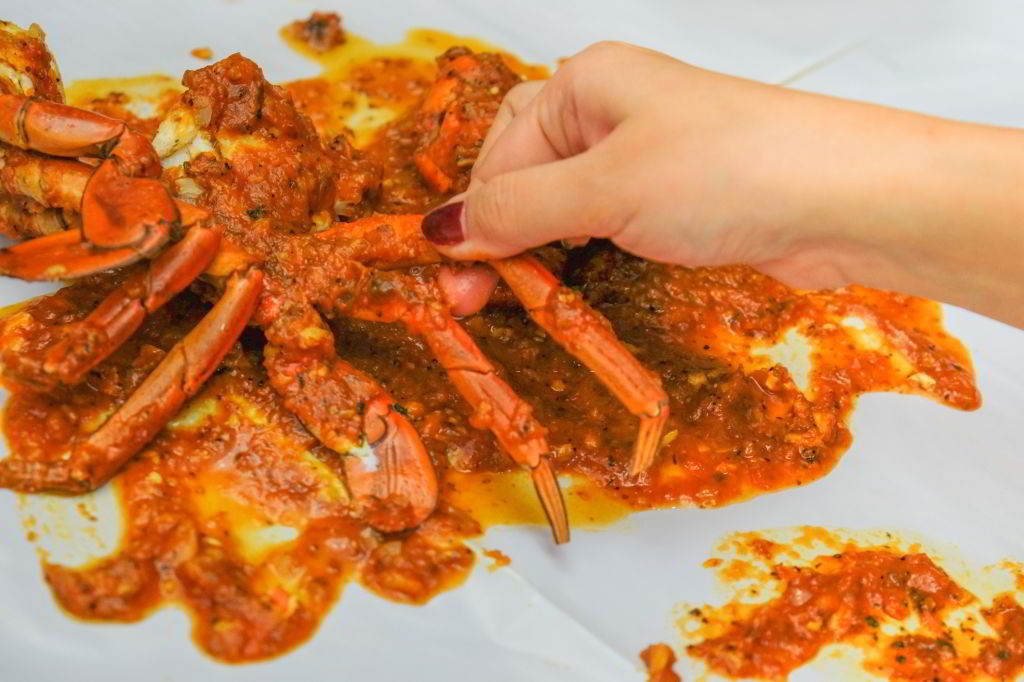Can pregnant women have clam chowder?
This dish is undeniably delicious and nutritious but here’s the thing – is it safe for expecting moms?
We are very well aware that pregnancy requires a special diet. Or at least an avoidance of food that does not contribute to your health and the growth of your unborn baby.
With this in mind, it makes perfect sense to get the facts straight first. Let us discover more about what clam chowder is and what it does to your body during pregnancy. Then, you can make a decision as to whether it is safe for you to eat or not at this stage in your life.
Keep reading!
What You Should Know about Clams
For the most part, clams are safe to eat.
Well, unless they are not cooked thoroughly.
This involves clam dishes such as the ever-popular clam chowder.
Many pregnant women ask themselves if eating clams and clam chowder is safe at all during this time in their life. So, is it really?
Generally, clams should be safe to consume when they are well-cooked. As long as you are not eating it raw or just slightly cooked, then it should be fine.
The same holds true in the case of clams in soup or chowder. You also need to make sure that the cream and milk you use in your clam chowder are pasteurized. Thus, it is not just about the clams but also the other ingredients you put in this dish.
Clams, when eaten raw, are rather unsafe to eat. There are certain risks involved with consuming raw clams including pathogens and bacteria present in them. When there are pathogens in seafood, then this can result in health risks.
It gets even worse if you are pregnant since this can negatively impact your baby’s health.
Guide to Cooking Clams – What is the Safe Way?
We have talked about clams being safe to eat, as long as they are thoroughly cooked.
So what is the desired length of time for cooking clams?
If you are boiling clams, you need to make sure you do so for a minimum of 3 minutes. This is the cooking method involved when making chowder or soup with clams.
But as for frying, it needs to be for a good 3 minutes at about 375 degrees Fahrenheit. The same works for grilling and broiling clams.
However, when steaming clams, it should be longer. The desirable length of time for steaming clams is between 5 and 10 minutes. You should leave the clams in your pot for this length of time once the water begins to steam.
Moreover, we recommend that you use a culinary thermometer when cooking clams. This way, you can determine the actual temperature of the water or oil where you are cooking your clams with.
Read More: Can I Eat Sour Cream While Pregnant? Surprising Facts Revealed
Additional Tips for Cooking Clams

Clams are generally quick and easy to cook.
But when it comes to ensuring safety, you should apply further techniques to really make sure your clams are risk-free to eat.
If you are cooking clams that are still alive, you should be sure they are healthy. The best way to do this is by tapping the shell. Healthy ones would close their shell. But if you don’t see the clam closing, you should throw it away. This is not a good one to consume.
It is also important that you clean the clam very well before cooking. There is debris and dirt that tend to stick to the shell. Thus, you should get rid of these by scrubbing the exterior carefully. In some cases, you may even need to soak the clams just to remove the grit well.
We recommend using a tub filled with water and 1/3 cup of sea salt. Leave the clams in the tub for 25 minutes. Then, rinse and repeat the process.
Make it a point to cook your clams based on the length of time mentioned earlier. You should always check for clams that open and the ones that don’t. Discard those that fail to open while you are cooking.
Are There Risks with Mercury Content From Clams?
It is true that seafood and fish contain mercury.
And yes, consuming food with high mercury content is not at all recommended for pregnant women.
This is why it makes perfect sense to determine the total mercury content of clams.
Fortunately, clams are not heavily laden with mercury. In fact, the mean concentration is so low, which makes them safe to consume. The same applies to clams of different species including the soft-shell clams, butter clams, steamer clams, Ocean and Northern Quahogs, and Littleneck clams.
Now, when it comes to wild-harvested clams, you should be careful about where you get these. The toxin and mercury level can vary from one place to another. Thus, you should check carefully the source to determine safety.ư
Also, when it comes to eating clam chowder, it is best to stick to fresh clams instead of canned ones.
There are higher risks of mercury contamination from canned food. Moreover, you should maintain the ideal temperature and length of cooking time when preparing clams.
Choose your ingredients carefully and avoid non-pasteurized sources of milk and cream. This way, you can steer clear of harmful bacteria that will jeopardize your baby’s health.
By keeping in mind these tips, you should be able to enjoy your clam chowder without any risks to your health and to your unborn child. These are all important to your peace of mind and safety.
Are you looking to make the best clam chowder? Here is a fine recipe you should try – just be sure to get reputable sources of clams to ensure an excellent taste and safety for your health. Check out this video to learn more:



